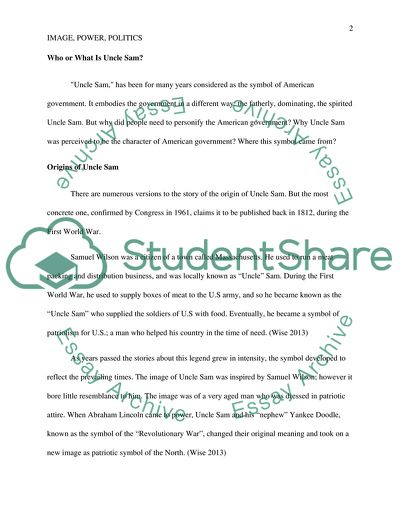Cite this document
(Visual Culture and Communication Coursework Example | Topics and Well Written Essays - 1250 words, n.d.)
Visual Culture and Communication Coursework Example | Topics and Well Written Essays - 1250 words. https://studentshare.org/culture/1814683-visual-culture-and-communication
Visual Culture and Communication Coursework Example | Topics and Well Written Essays - 1250 words. https://studentshare.org/culture/1814683-visual-culture-and-communication
(Visual Culture and Communication Coursework Example | Topics and Well Written Essays - 1250 Words)
Visual Culture and Communication Coursework Example | Topics and Well Written Essays - 1250 Words. https://studentshare.org/culture/1814683-visual-culture-and-communication.
Visual Culture and Communication Coursework Example | Topics and Well Written Essays - 1250 Words. https://studentshare.org/culture/1814683-visual-culture-and-communication.
“Visual Culture and Communication Coursework Example | Topics and Well Written Essays - 1250 Words”. https://studentshare.org/culture/1814683-visual-culture-and-communication.


